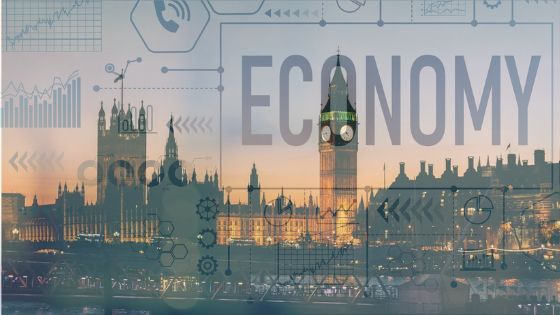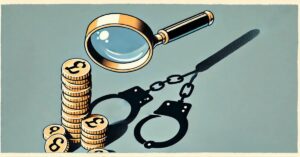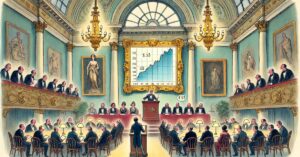Article

In what is perhaps more welcomed news for some, the IMF also predict that interest rates are set to fall. While news of dropping interest rates will be a breath of fresh air for borrowers and homeowners. Those with cash savings will see even poorer performance on their savings which are already vastly overshadowed by the current rate of inflation. In light of this, cash-savers should consider alternatives that aren’t subject to economic instability.
It’s not just the UK that has been given a grim prognosis, the IMF has also downgraded the global economic growth prediction to 2.8% however some economists believe that this figure has a 25% chance of falling to 2% or lower which would be tantamount to a global recession. Economists also say that while global inflation has fallen, this is more likely a reflection of the volatile energy and food prices somewhat levelling out. In reality, core inflation is unlikely to have peaked yet in many countries.
“We are therefore entering a perilous phase during which economic growth remains low by historical standards and financial risks have risen, yet inflation has not yet decisively turned the corner.” – IMF 2023
Citing banking crises, inflation, the Russo-Ukraine war and Covid as causes, the IMF has branded the global economic outlook as uncertain.
Economists have been throwing around many terms for the current economic climate, one such term that has been predominant, as evidenced by the volume of Google searches it received, is ‘stagflation’. Stagflation defines a period of rising inflation, stunted growth and rising unemployment. While we live in the midst of the first two prerequisites, unemployment is currently down. This is to say that the current economic climate doesn’t qualify as stagflation, however, with swathes of job cuts in the Tech, Retail and Automobile sectors, this may well change.
With so many economic forecasters predicting a global recession, there is a high chance that the future holds a great deal of economic instability. This will naturally reflect badly on conventional investment options. The most recent global recession in 2020 decimated stock markets with the FTSE 100 tumbling by nearly 30%, not recovering to pre-recession levels for a further two years. In contrast, the art market experienced negligible losses in the same period and saw a rapid recovery of any losses incurred, as seen in this chart from Artprice.com displaying the Artprice100© vs S&P500.
The art market also showed great resilience during the Great Recession in 2008. In fact, the very same day that Lehman Brothers filed for bankruptcy, Damien Hirst set the record for total sales made in a one-artist auction, selling £111m worth of his art at Sotheby’s auction house. This is just another example of the tenacity that the art market can show in the face of geo-economic instability.
Trust De Pointe to guide you through the complexities of the alternative investment market. Subscribe today to learn more about our services and how we can help you achieve your investment objectives.





